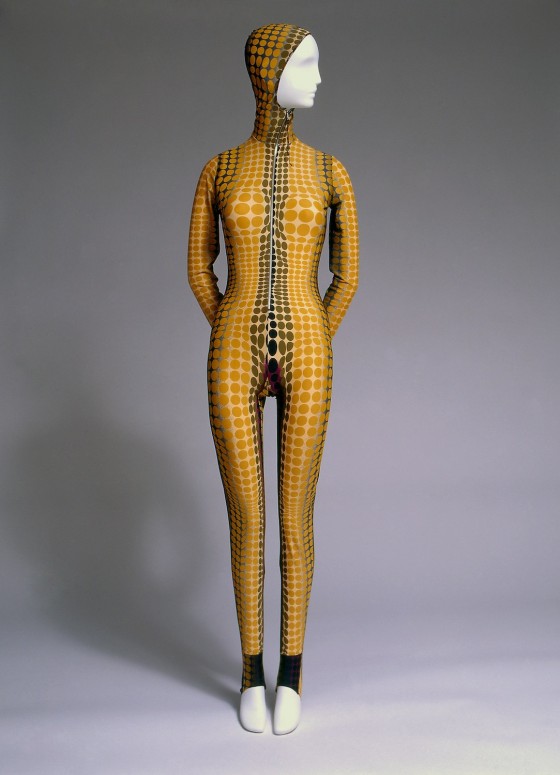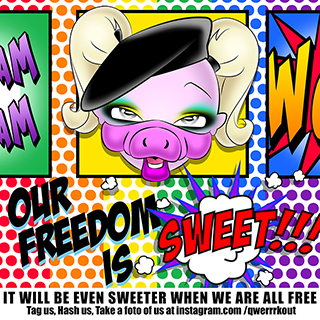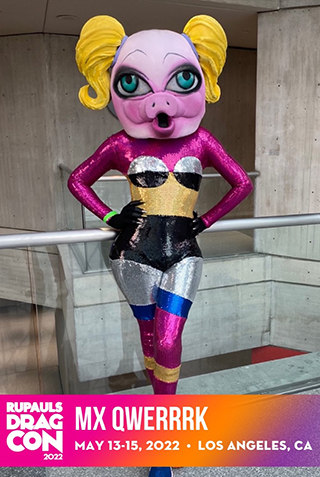Fashion and Technology

Fashion and Technology explores the impact of emerging technologies on the nature of fashion design and production over the past 250 years. The exhibition focuses on innovations that have influenced the production, materials, aesthetic, and function of fashion. It begins with objects created during the Industrial Revolution of the 18th and 19th centuries, when innovations in textile manufacturing revolutionized the fashion industry. These innovations included the introduction of the Spinning Jenny, the Jacquard loom, and the sewing machine. The exhibition then continues chronologically to the present day.
In the first decades of the 20th century, technology rapidly transformed the urban landscape, exemplified by the tall buildings that began to rise, nicknamed “skyscrapers.” As a way to express these technological changes, the Art Deco movement introduced a heavily geometric aesthetic to art and design, which crossed over into fashion in the form of decorative motifs. Innovations in rubber and plastic also found a variety of applications in fashionable items that include athletic shoes and eveningwear.
Following World War II, fashion’s engagement with technology surged again. Parisian couturiers Pierre Cardin and André Courrèges cited the Space Race as a primary inspiration for their new, youthful fashions. With the first men orbiting the earth in 1961, it seemed apparent to these 1960s designers that an era of recreational space travel was just around the corner. Therefore, they created looks that the fashionable woman could wear on a jaunt to outer-space.
In the late 20th century, the rapid spread of personal computers and the introduction of the internet transformed culture. The impact of this transformation on fashion was felt when designers such as Jean-Paul Gaultier turned to “cyber space” for aesthetic inspiration, and software programs like Computer Aided Design (CAD) and computer-operated Jacquard looms began to alter the ways garments were produced.
Digital technology continues to transform the promotion, fabrication, and basic design of fashion. From 3-D printing to advancements in sewable electronics, designers are creating garments that can play music, answer telephone calls, and even monitor the wearer’s heartbeat. In recent years, social media websites like Facebook and Twitter have been redefining the limits of fashion branding.
The interplay of digital technology and fashion has only just begun. As fashion designer Hussein Chalayan has said, fashion “will renew itself through technology, new fibers, new ways of making clothes. Without risk, nothing changes the world.”
Museum at the Fashion Institute of Technology, Seventh Ave at 27th St, NYC, 212-217-4558, through May 8, 2013













